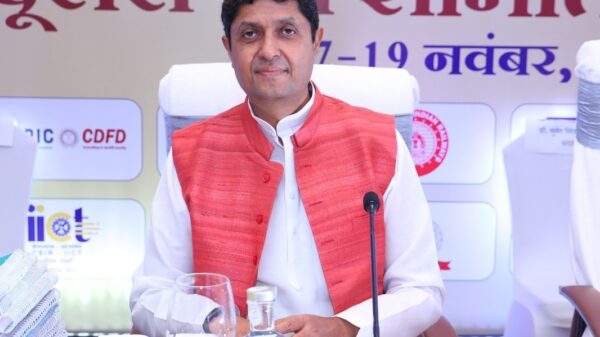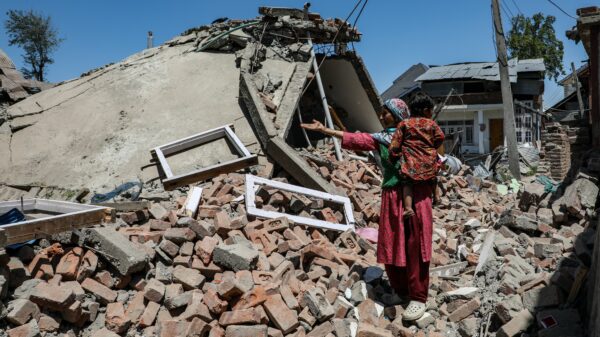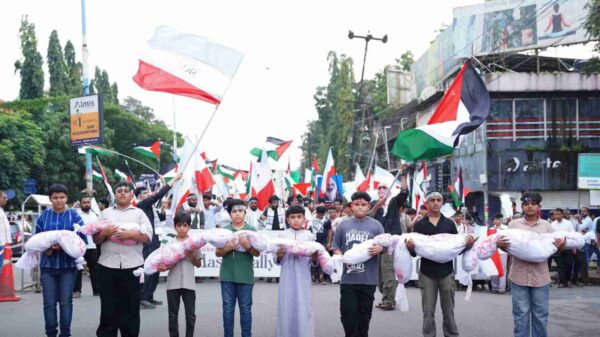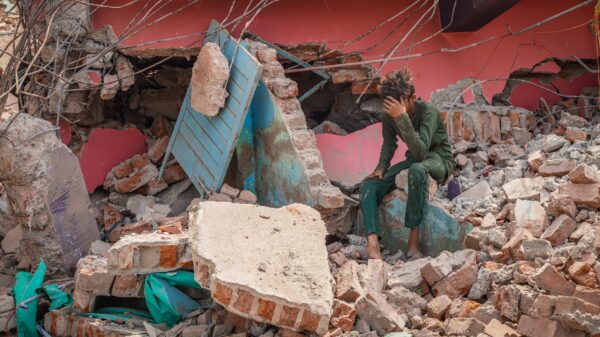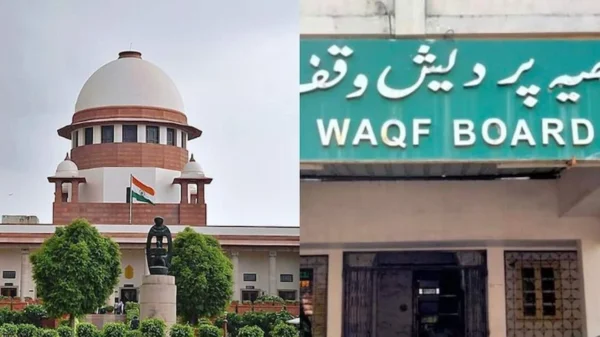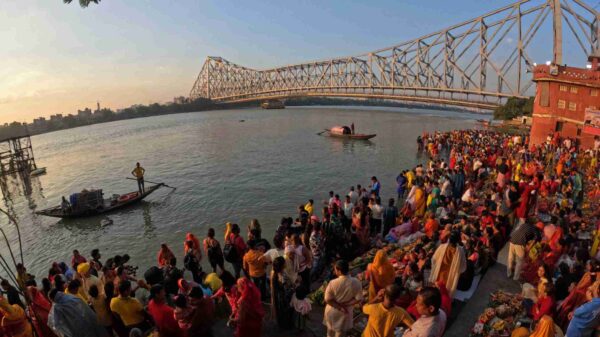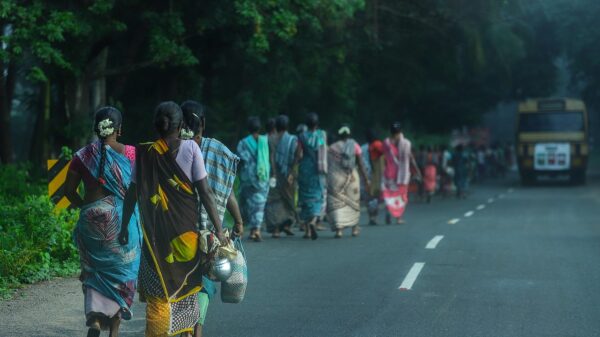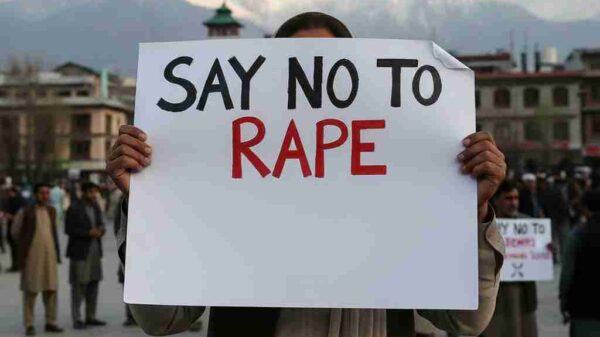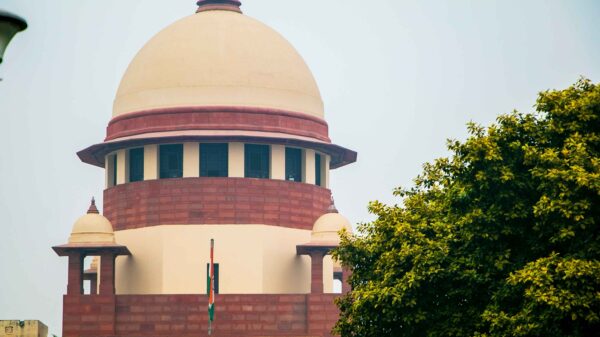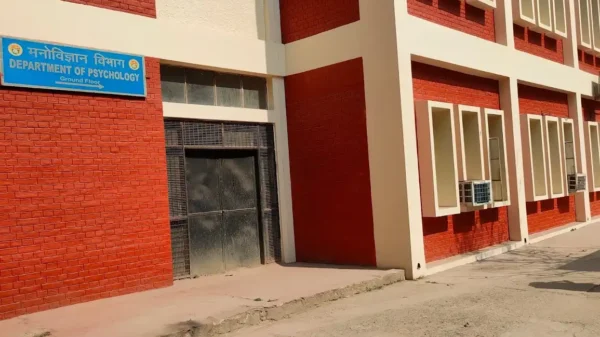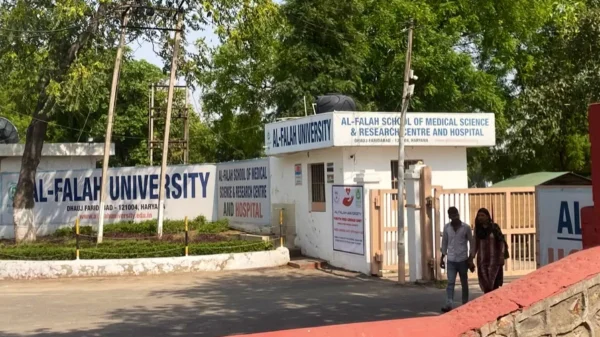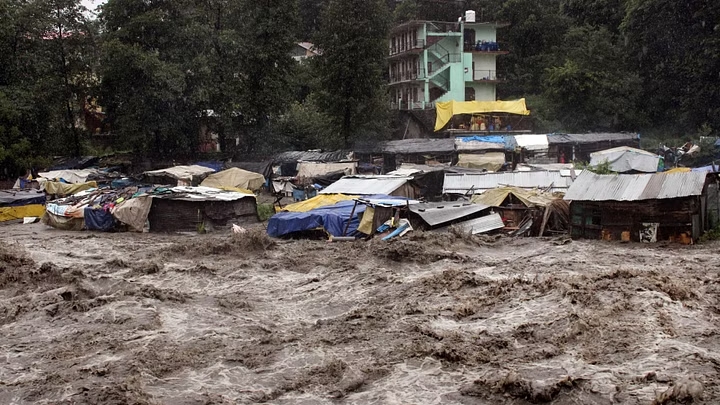Torrential rains and severe weather conditions have wreaked havoc across several parts of north India, resulting in tragic loss of life, extensive damage to infrastructure, and disruption of essential services. The region experienced heavy downpours, landslides, and flash floods, causing rivers to overflow and leading to the submergence of roads and residential areas. With the civic system overwhelmed, the affected areas are struggling to cope with the aftermath of the relentless rainstorms.
As a result of the inclement weather, 15 people lost their lives in landslides and other rain-related incidents. In Himachal Pradesh alone, where a red alert for extremely heavy rains was issued, five people were killed in three separate landslides. The neighbouring state of Uttarakhand also witnessed tragedies, with three pilgrims drowning in the Ganga due to a landslide near Gular on the Rishikesh-Badrinath National Highway. Two houses collapsed in the Kashipur area, claiming the lives of a couple and injuring their granddaughter. Additionally, two individuals lost their lives when a landslide hit a passenger bus in Doda district, Jammu and Kashmir.
The impact of the deluge extended beyond the loss of life. Flash floods washed away roads in hilly areas, leaving numerous people stranded, and forcing authorities to advise tourists to postpone their visits until the weather improves. Railway services have been severely affected, with cancellations and diversions of approximately 17 and 12 trains, respectively. Waterlogging led to traffic disruptions, and in some cases, traffic had to be suspended due to waterlogged areas.
The intensity of the rainfall was particularly noteworthy, as several locations recorded record-breaking figures. Delhi experienced its highest rainfall in a single day in July since 1982, with 153 mm of rain in 24 hours. Similarly, Chandigarh in Haryana reported a staggering 322.2 mm of rainfall, while Ambala recorded 224.1 mm, according to the India Meteorological Department (IMD). Other regions in Jammu and Kashmir, Ladakh, and Himachal Pradesh were also issued heavy downpour warnings.
The consequences of these extreme weather conditions have been far-reaching. Major landslides and flash floods have been reported, resulting in the closure of over 700 roads in Himachal Pradesh. In mountainous regions of Uttarakhand, villages have become inaccessible due to landslides and cave-ins. The Chandigarh-Manali highway suffered damage from surging waters, and in Manali, shops were swept away while vehicles were washed away in flash floods in Kullu, Kinnaur, and Chamba.
The adverse weather conditions also impacted Punjab, Haryana, and Uttar Pradesh. Punjab’s low-lying areas witnessed massive waterlogging and flooding, prompting authorities to initiate relief efforts. In Haryana, flood control rooms were established as rivers approached dangerous levels. Gurugram, a major city in Haryana, experienced severe waterlogging and traffic congestion, leading the administration to recommend that corporate houses implement work-from-home policies and schools declare a holiday.
As a precautionary measure, the Chief Minister of Delhi, Arvind Kejriwal, announced the closure of all schools in the national capital on Monday due to the incessant rain and resulting waterlogging. Uttar Pradesh reported tragic incidents, including the death of a 10-year-old girl from a fallen tree branch in Kaushambi and the collapse of a house in Muzaffarnagar, claiming the lives of a woman and her six-year-old daughter.
While the cumulative rainfall in the monsoon season has bridged the overall rainfall deficit for the country, regional variations persist. The eastern and northeastern regions have recorded a rainfall deficiency of 17 percent, while north India has experienced a 59 percent excess rainfall. Central India has received four percent more rainfall than normal, and the rainfall deficiency in south India has reduced from 45 percent to 23 percent.
The India Meteorological Department (IMD) attributes the intense rainfall in northwest India, including Delhi, to an interaction between a western disturbance and monsoonal winds.
Efforts are underway to rescue and provide assistance to the affected population. The local authorities, along with disaster response forces, are working tirelessly to restore normalcy in the region. The long-term focus should be on improving infrastructure and preparedness to mitigate the impact of such extreme weather events in the future.
As the affected areas begin the process of recovery, it is crucial for the government, communities, and individuals to collaborate and prioritize measures to prevent further loss of life and property due to natural disasters of this magnitude.









